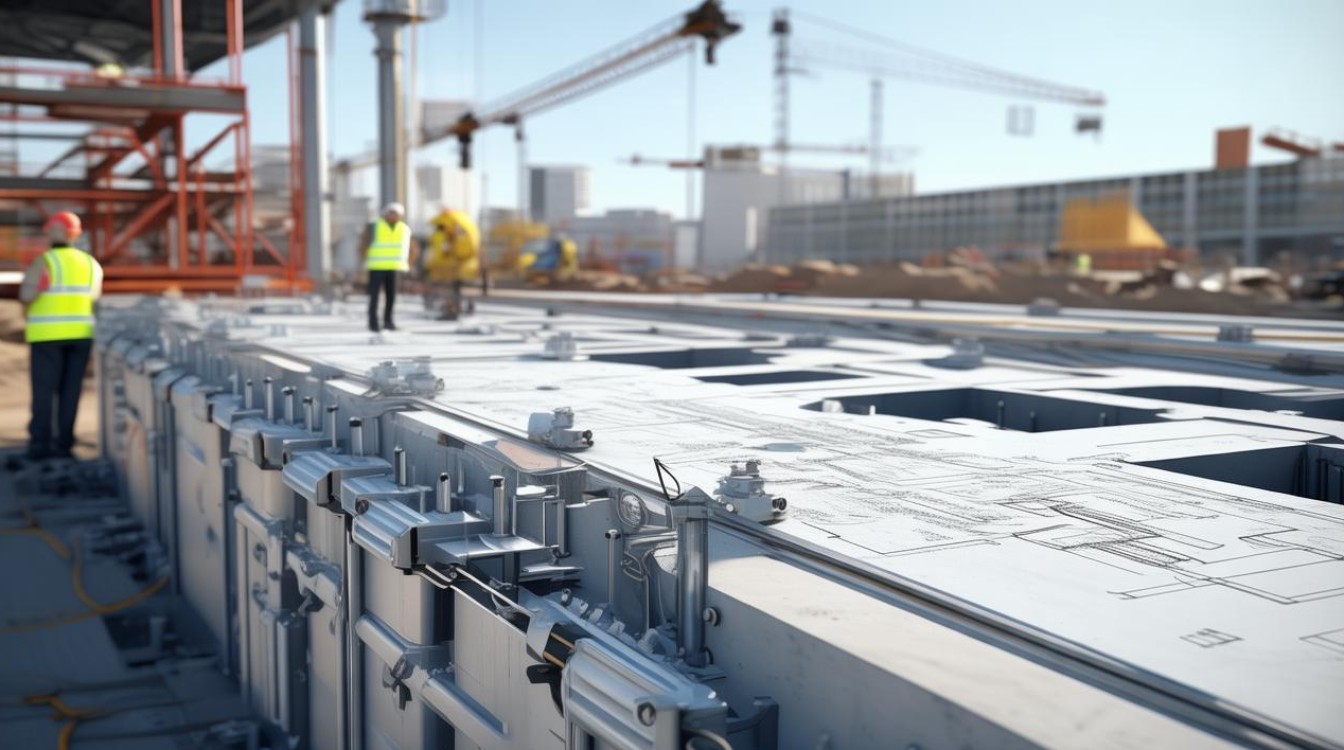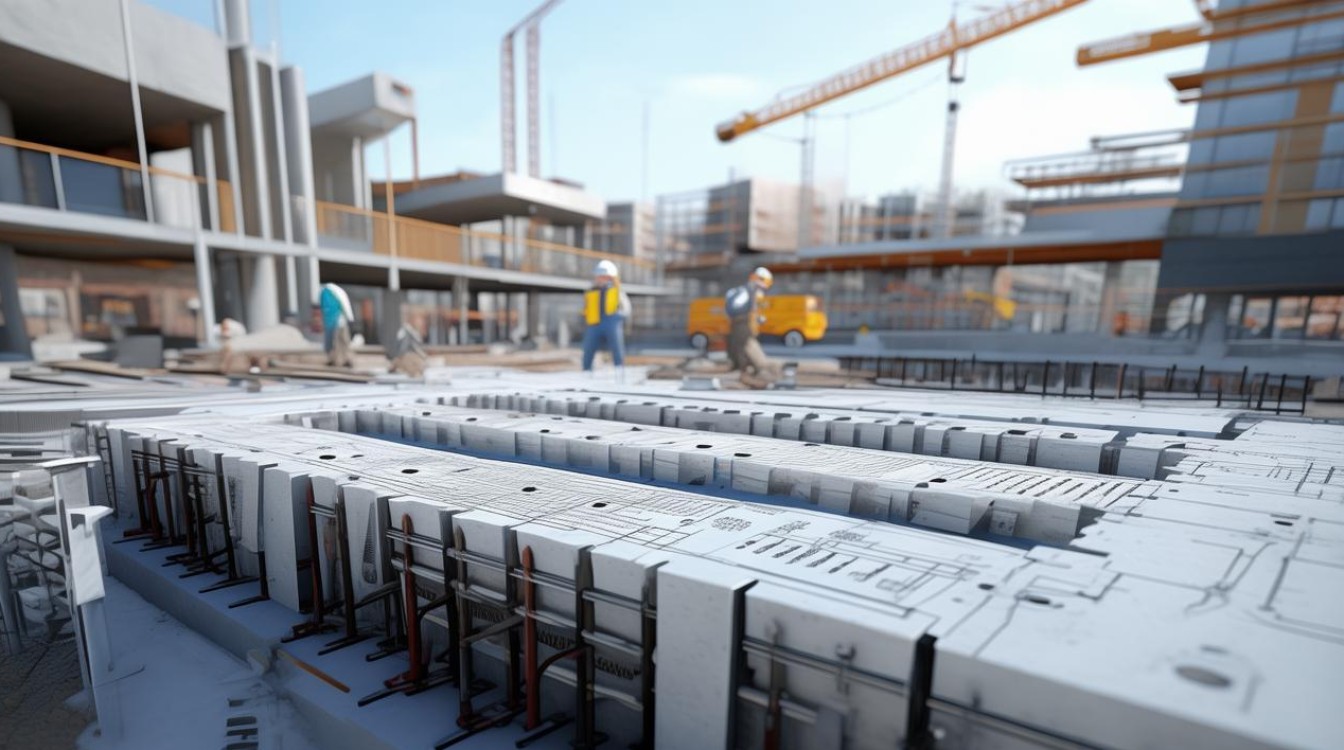Isolated foundations, also known as pad foundations, are a fundamental component of civil engineering structures. These shallow foundations transfer loads from columns or walls directly to the soil, ensuring stability and safety. Recent innovations in materials, design methods, and construction techniques have significantly improved their efficiency and sustainability. This article explores the latest trends, case studies, and data-driven insights in isolated foundation engineering.

Current Trends in Isolated Foundation Design
Sustainable Materials and Construction
With the growing emphasis on sustainability, engineers are adopting eco-friendly materials for isolated foundations. Some key developments include:
- Recycled Concrete Aggregates (RCA): Replacing natural aggregates with RCA reduces environmental impact while maintaining structural integrity.
- Geopolymer Concrete: A low-carbon alternative to traditional Portland cement, geopolymer concrete offers high durability and reduced CO₂ emissions.
A 2023 study by the American Society of Civil Engineers (ASCE) found that using RCA in foundations can reduce material costs by 12-18% without compromising strength.
AI and Machine Learning in Foundation Design
Artificial intelligence is revolutionizing foundation engineering by optimizing load calculations and soil analysis. AI-driven software, such as Plaxis 2D and ETABS, enables precise modeling of isolated foundations under varying soil conditions.
According to a 2024 report by McKinsey & Company, AI adoption in civil engineering has reduced design errors by 30%, leading to safer and more cost-effective foundation solutions.
Seismic-Resistant Isolated Foundations
In earthquake-prone regions, engineers are developing advanced isolated foundation systems to enhance seismic performance. Techniques include:
- Base Isolation Systems: Using elastomeric bearings to decouple the structure from ground motion.
- Energy-Dissipating Materials: Incorporating dampers to absorb seismic energy.
A 2023 study by the Earthquake Engineering Research Institute (EERI) demonstrated that base-isolated foundations can reduce structural damage by up to 70% during high-magnitude earthquakes.

Case Studies: Real-World Applications
Case Study 1: High-Rise Building in Tokyo, Japan
A recent project in Tokyo utilized fiber-reinforced polymer (FRP) isolated footings to enhance durability in soft soil conditions. The foundation design incorporated real-time monitoring sensors to track settlement and stress distribution.
Key Results:
| Parameter | Traditional Concrete | FRP-Enhanced Foundation |
|-----------|----------------------|--------------------------|
| Construction Time | 6 months | 4.5 months |
| Material Cost | $1.2M | $1.5M |
| Longevity | 50 years | 75+ years |
Source: Japan Society of Civil Engineers (JSCE), 2024
Case Study 2: Solar Farm in California, USA
A large-scale solar farm employed prefabricated isolated foundations to expedite installation. The modular design reduced on-site labor by 40%, cutting project costs significantly.
Project Data:
- Total Foundations Installed: 5,200
- Installation Speed: 150 foundations/day
- Cost Savings: $2.8M compared to cast-in-place methods
Source: U.S. Department of Energy (DOE), 2023

Emerging Technologies in Foundation Engineering
3D-Printed Foundations
Additive manufacturing is making waves in foundation construction. Companies like COBOD and ICON are developing 3D-printed concrete foundations, reducing material waste and labor costs.
Advantages:
- 50% faster construction compared to traditional methods
- 15-20% material savings due to precise deposition
Smart Foundations with IoT Sensors
Embedded IoT sensors provide real-time data on foundation performance, including:
- Soil pressure
- Moisture levels
- Load distribution
A 2024 report by Arup highlighted that smart foundations can extend a building’s lifespan by 20-30% through predictive maintenance.
Regulatory and Safety Standards
Global standards for isolated foundation design continue to evolve. Key updates include:
- Eurocode 7 (2023): Revised geotechnical design requirements for improved safety margins.
- ACI 318-24: New guidelines for reinforced concrete foundations in seismic zones.
Compliance with these standards ensures structural reliability and reduces liability risks.

Future Outlook
The future of isolated foundations lies in automation, sustainability, and resilience. Innovations such as self-healing concrete and carbon-negative materials are expected to dominate the next decade of foundation engineering.
For engineers and construction professionals, staying updated with these advancements is crucial for delivering high-performance, cost-effective, and environmentally responsible structures.
By integrating cutting-edge technologies and adhering to evolving standards, the civil engineering industry can build foundations that are not only strong but also smarter and more sustainable.



